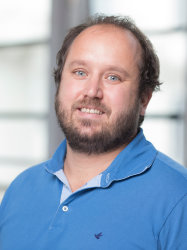BibTex format
@article{Picinali:2014:10.1016/j.ijhcs.2013.12.008,
author = {Picinali, L and Afonso, A and Denis, M and Katz, BFG},
doi = {10.1016/j.ijhcs.2013.12.008},
journal = {International Journal of Human-Computer Studies},
pages = {393--407},
title = {Exploration of architectural spaces by blind people using auditory virtual reality for the construction of spatial knowledge},
url = {http://dx.doi.org/10.1016/j.ijhcs.2013.12.008},
volume = {72},
year = {2014}
}

